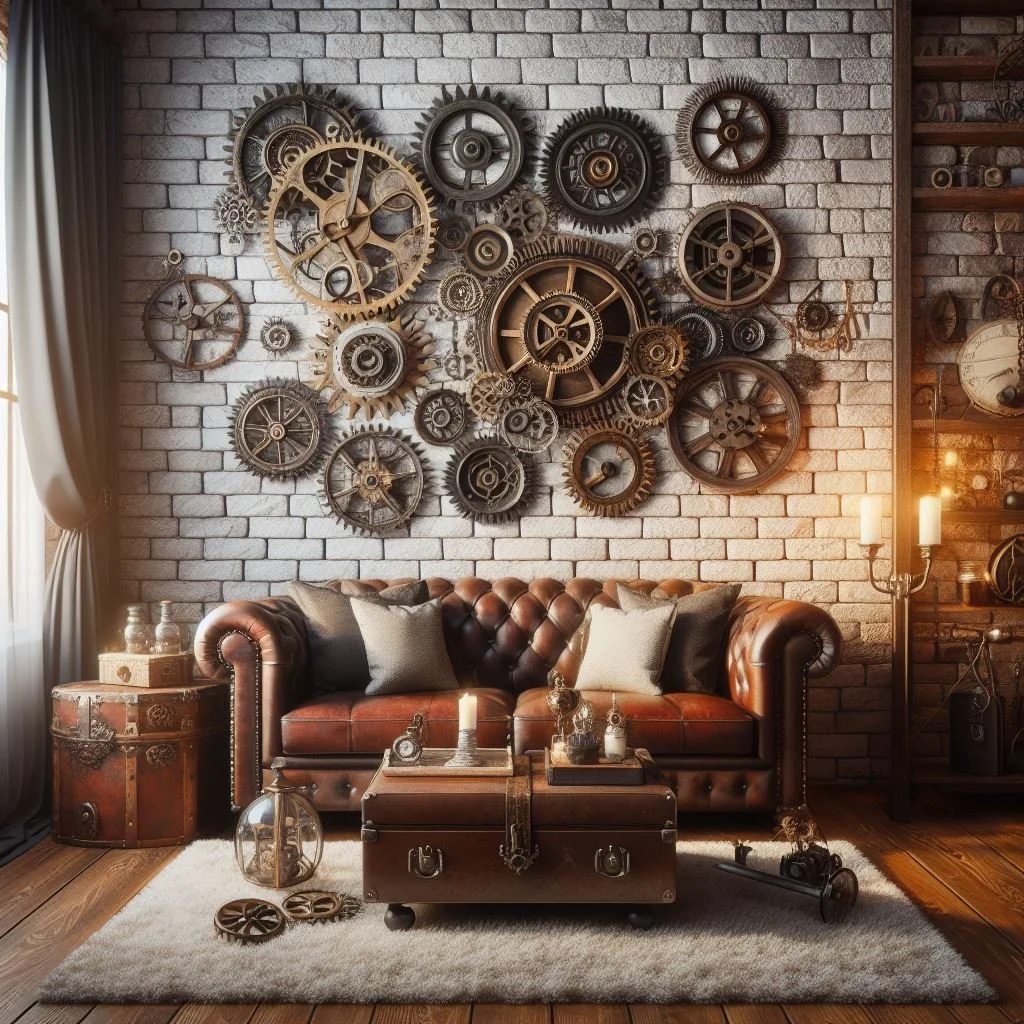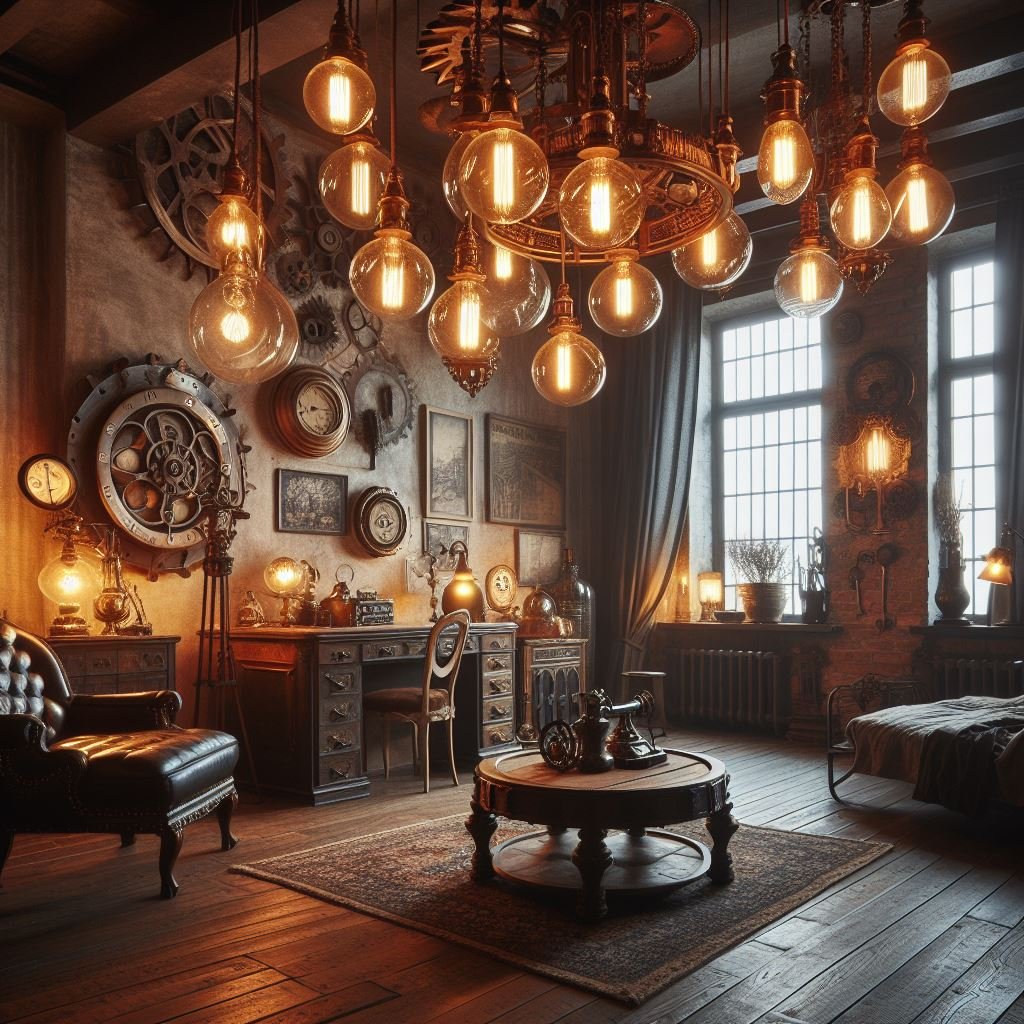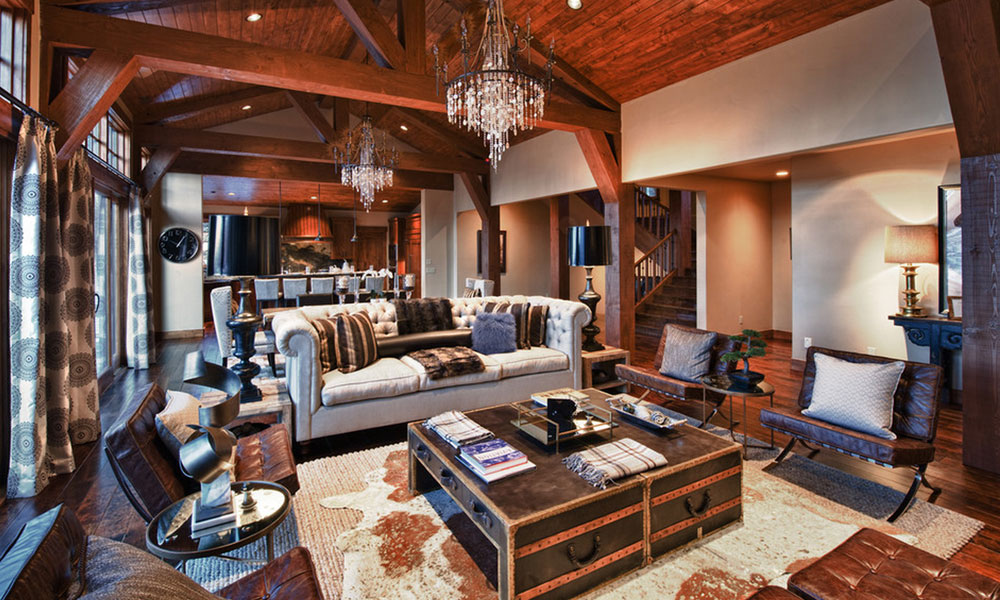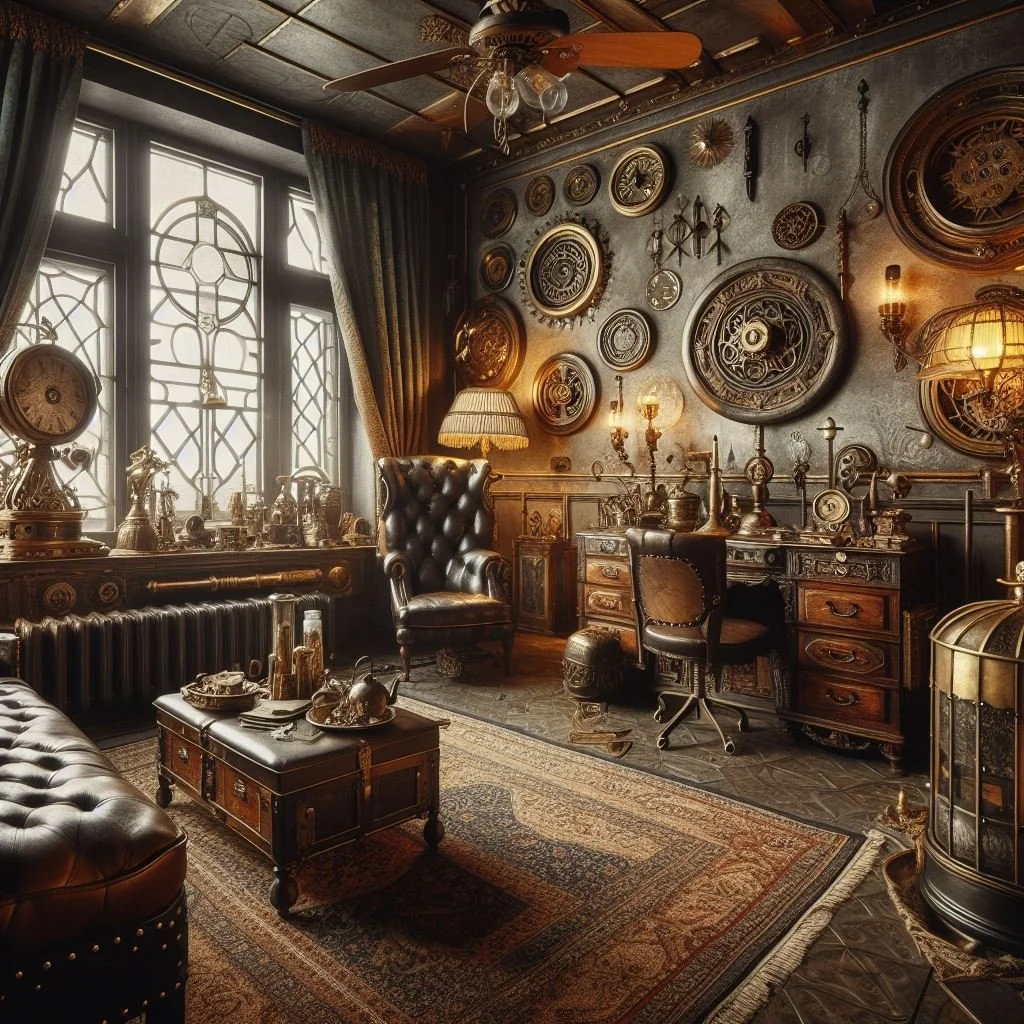Steampunk decorating style is a fascinating blend of history, fantasy, and technology that draws inspiration from the 19th century. As an enthusiast of unique decor styles myself, I found the steampunk aesthetic to be not only captivating but also a wonderful way to express individuality. In this comprehensive guide, we will explore the origins, key features, and practical tips for incorporating this eclectic style into your home. Let’s embark on this creative adventure!
The Origins of Steampunk Style
Steampunk originated in the 1980s as a literary genre, taking cues from Victorian-era science fiction. Writers like H.G. Wells and Jules Verne painted vivid images of an alternate reality where steam-powered machinery ruled. Over time, this genre spilled over into art and decor, leading to a distinctive aesthetic that celebrates anachronism.
Key Influences
- Victorian Era: The intricate designs and opulent materials of the Victorian period are foundational to steampunk decor.
- Industrial Revolution: Elements of machinery, metal, and innovation are prevalent, celebrating the era’s technological advancements.
- Fantasy and Adventure: Drawing inspiration from science fiction, steampunk decor often includes whimsical elements and fantastical designs.
Key Features of Steampunk Decor
Identifying the key features of steampunk decor will help you better understand how to create an authentic atmosphere. Here’s what you need to know:
Materials and Textures
Steampunk style embraces a mix of materials and textures, including:
| Material | Characteristics | Usage |
|---|---|---|
| Brass | Warm, vintage appearance | Light fixtures, decor items |
| Leather | Rich texture, durability | Furniture, accents |
| Wood | Natural warmth, variety of finishes | Furniture, beams, panels |
| Glass | Translucent, often tinted | Lighting, decor features |

Color Palette
The color palette in steampunk is rich and varied, often featuring:
- Deep browns and rich mahogany
- Muted metallics like bronze and copper
- Earthy tones such as olive green and burgundy
- Accents of gold or brass for a touch of luxury
Creating a Steampunk Atmosphere
Now that we’ve established the key features of steampunk, let’s discuss how to incorporate these elements into your home decor.

Choosing the Right Furniture
When selecting furniture, aim for pieces that have an antique or vintage feel. Look for:
- Leather sofas with tufted upholstery
- Wooden tables with intricate carvings
- Industrial-style furniture with metal accents
Pro Tip
Visit thrift shops or antique markets. You’d be surprised at what unique items you can find that fit the steampunk aesthetic!

Incorporating Steampunk Accessories
Accessories play a crucial role in achieving a steampunk look. Consider the following ideas:
- Gears, cogs, and mechanical parts as decor items
- Vintage suitcases and trunks for storage
- Old maps, globes, and clocks as wall art
- Steampunk-themed light fixtures
Wall Treatments
Wall treatments can significantly influence the overall vibe of your space. Some popular options include:
- Exposed brick or stone for an industrial feel
- Dark wood paneling for a classic Victorian touch
- Metallic wallpaper with intricate designs

Pros and Cons of Steampunk Decor
Like any decorating style, steampunk has its advantages and disadvantages. Here’s a breakdown:
Pros
- Unique Style: Steampunk decor stands out, offering a storytelling element.
- Creativity: It encourages creativity and individual expression.
- Recyclability: You can repurpose vintage items and materials.

Cons
- Cost: Authentic vintage pieces can be expensive.
- Clutter Risk: It’s easy to overcrowd a space with too many decor items.
- Consistency: Maintaining a cohesive look can be challenging if you’re not careful.
Personal Touch: My Steampunk Journey
When I decided to redecorate my home office, I was drawn to the steampunk aesthetic. I began collecting elements from flea markets and artisanal shops. My favorite piece is an antique typewriter repurposed as a decorative item. It reminds me of the connection between creativity and technology that steampunk embodies. Incorporating this style gave my space a vibrant personality while reflecting my love for literature and history.

FAQs About Steampunk Decorating Style
What is steampunk style?
Steampunk style is a design aesthetic that draws inspiration from the Victorian era and the Industrial Revolution, typically incorporating elements of fantasy and retro-futurism.
How can I start decorating in a steampunk style?
Begin by selecting a color palette and gathering vintage or industrial furniture. Add accessories like gears, clocks, and old maps to enrich the atmosphere.

Can I mix steampunk with other decorating styles?
Absolutely! Steampunk can complement various styles such as industrial, rustic, and even modern elements. Just ensure that the overall vibe remains cohesive.
Are there any specific steampunk color schemes?
Yes! Popular colors include deep browns, muted metals, and rich earth tones. Metallic accents like brass and copper also work beautifully in this style.
Where can I find steampunk decor items?
Look for decor items at antique shops, flea markets, online marketplaces, or specialty stores that focus on vintage and industrial designs.
Conclusion
Steampunk decorating style brings together history, imagination, and creativity in a unique way. Whether you incorporate a few decorative touches or transform an entire room, this style offers endless possibilities for personal expression. With its rich textures, vibrant colors, and eclectic accessories, steampunk can transform any space into a captivating environment that tells a story. Happy decorating!